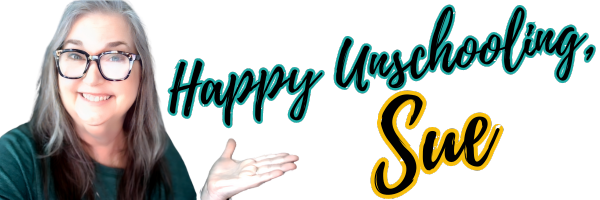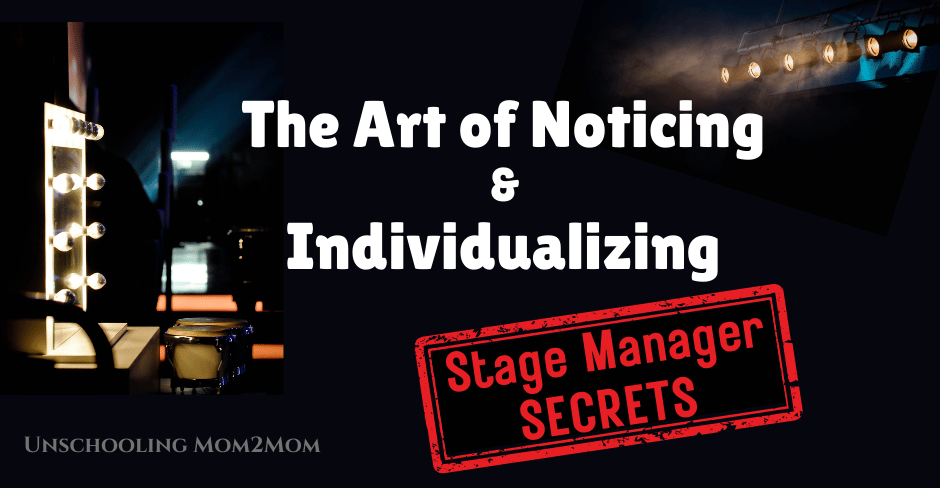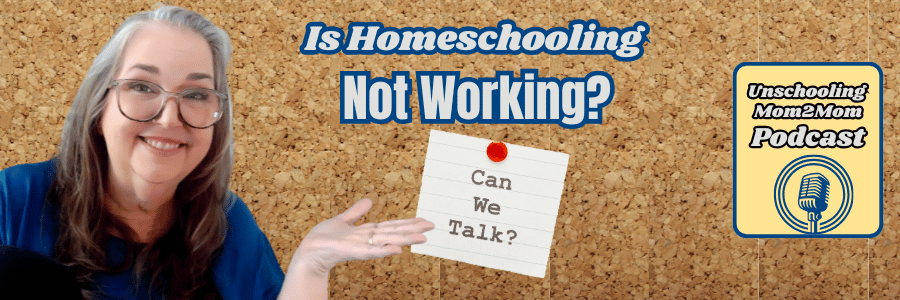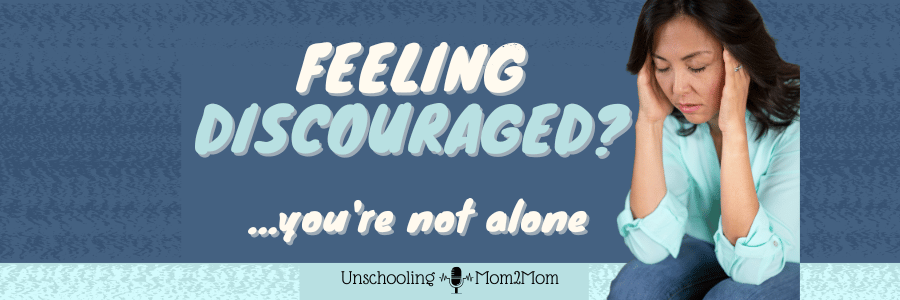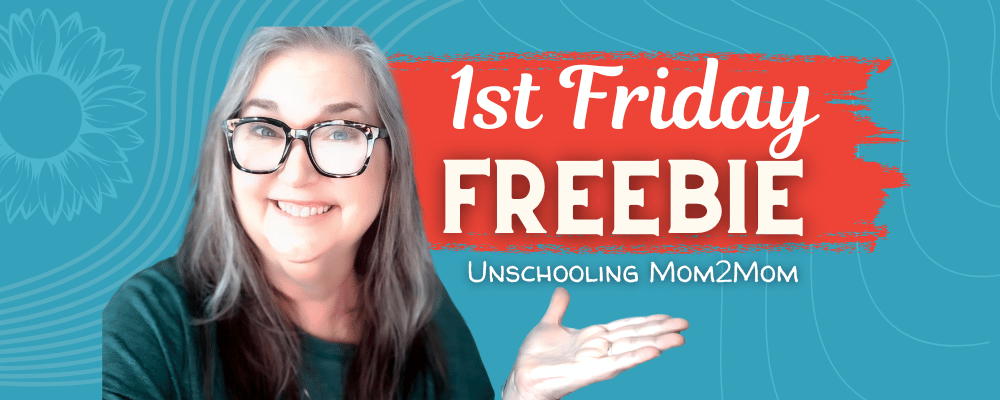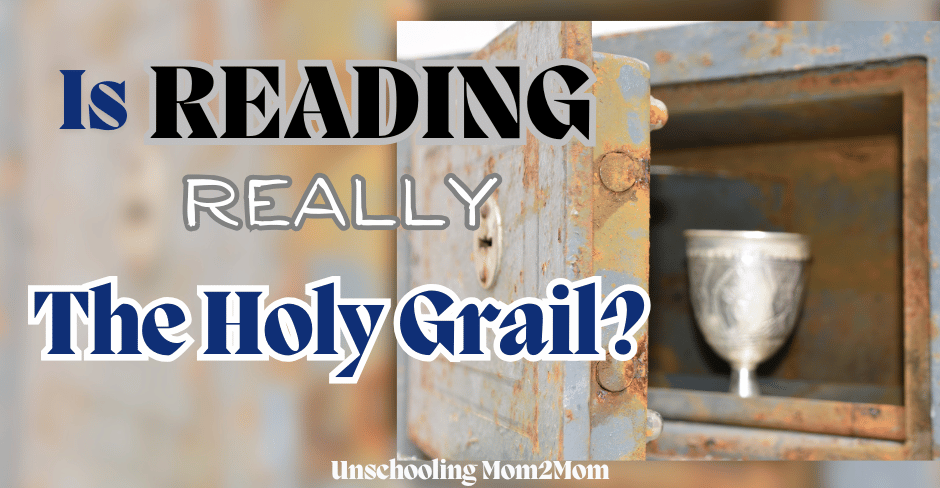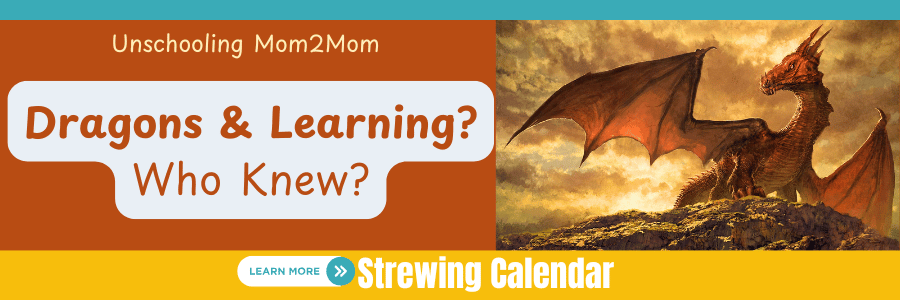5 Ways to Know They're Learning If We Unschool
One of the Most Common Questions
...when parents consider stepping away from school or a traditional homeschooling approach:
"How will I KNOW they're learning if we unschool?"
The truth is, learning looks a little different outside of traditional systems—but it's still happening all the time. You just need to know where to look.
So that's why I want to give you:
5 Real-Life Ways
To Know Your Unschooled Child Is Actually Learning
But first...
If you’re new here, I’m Sue Patterson, your host at all things Unschooling Mom2Mom. I'm here chatting with you each week, offering a quick unschooling pep talk. I want to help parents see unschooling as a way they can help their kids learn and still be able to live a life with less unnecessary power struggles. So many of those school expectations never translated into our own adult lives - we don’t need to continue to duplicate them with our kids. They’ll still be successful adults. And when we can prioritize partnering with them, they’ll learn more about themselves and how to move through the world.
I create resources to help parents embrace unschooling as a way to learn and live withyour kids - in ways that don’t include power struggles or tears or the school expectations that never really translated into our adult lives.
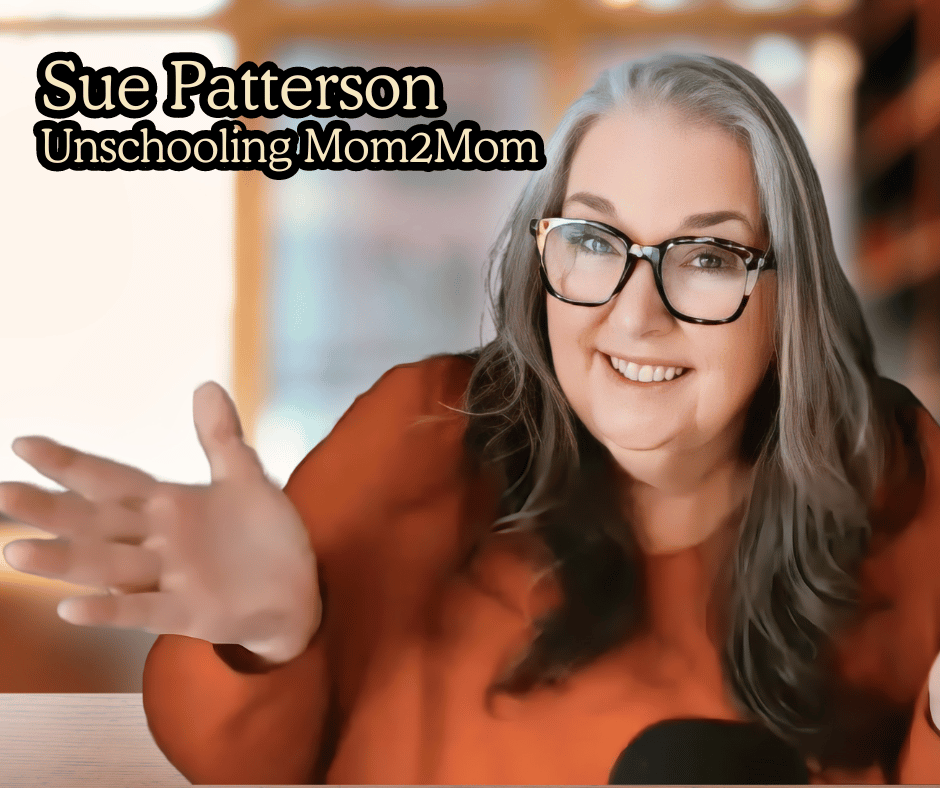
We
don’t have to duplicate school for kids to have successful adulthoods.
And... we can prioritize partnering with them - so they can learn more about themselves and how to move through the world.
I have coaching programs, memberships, courses, books, guides - all the things to help you do this. You just have to find how you learn best and tap into it. I also have a free email list where you can get discounts and tips - you’ll want to sign up for that.
OK... let’s get back to this week’s unschooling topic...
How will we know the kids are learning
if we take this unconventional approach to homeschooling?
1. Talking with Them More
Surprising Conversations Happen..."How Did You Know That?"
You know that universal parenting moment when your child says something unexpectedly insightful or fact-filled, and you find yourself spinning around, asking,
"Wait... how did you know that?"
That’s learning. Pure and simple.
Whether it's a fun fact about black holes, a deep thought about human behavior, or a self-created theory on how something works, these moments are evidence of curiosity-driven learning at work. Their brains are constantly taking in information from YouTube videos, podcasts, games, conversations, and life—processing it in real time.
Pay attention to the little comments. Learning is often hiding in plain sight.
2. Ask about their Passions and Interests
Find out More about What They Love — And Really Listen
When a child is genuinely interested in something, they
want
to talk about it. Invite them to tell you about their latest interest—whether it’s Minecraft, ancient mythology, engines, or Mr. Beast.
As they share, listen for:
- Expanded vocabulary
- Clearer, more organized thinking
- Descriptive language and enthusiasm
You’ll notice how much they know, and how deeply they understand it. They might not be filling out worksheets—because they didn’t need those to learn. That was for school’s benefit, to check a box. To confirm that the information had been transferred from teacher to learner.
With unschooling, the learning starts with the learner—and ripples outward. It’s more about mastering ideas, connecting dots, and learning to communicate with clarity and confidence. And that communication? That's how we, as parents, know they’re learning.
3. Discuss Movies Differently
Philosophy, history, ethics—all from the couch.
Movies and shows are rich ground for learning when you engage with them a little more deeply. Try questions like:
- What was happening in that time period?
- Why do you think the character made that choice?
- What were the societal norms then? Would that still be okay today?
- What would you do if that happened here?
This kind of conversation builds critical thinking, empathy, ethical reasoning, and cultural awareness. It turns casual “screen time” into meaningful engagement. AND it gives you the insight into how your child is processing information and analyzing the world around them.
4. Watch and Wonder Together
Science and Nature — in real life and shows!
Documentaries, science shows, nature series—these are incredible springboards for curiosity. Watching together creates space to pause, rewind, and talk about it. You don’t have to quiz them—just
wonder out loud with them.
Ask questions like:
- Why do you think that animal does that?
- What would happen if the environment changed?
- Can you imagine what it’d be like to be that scientist?
But it doesn’t stop there. Sometimes you’ll spot something outside—a weird bug, an odd cloud, or a strange animal behavior—and come home to Google it together. That’s unschooling in action: noticing the world, asking questions, and diving deeper just because you're curious.
You don’t have to quiz them on any of this. Just stay curious together. Learning shows up in their reactions, their wonder, their questions afterward.
5. Learning is Incremental
Learning is layered and not always visible
In school, we’re trained to think learning only counts if we can see it in a finished product—a test, a paper, a worksheet. We’re taught that learning only happens when we “show our work” and there’s visible proof.
Unschooling invites us to look at learning more like building a house. You don’t see the foundation being poured, but it’s essential. Bricks go in one by one. Wiring and plumbing get hidden inside walls. It might look like "nothing" is happening for a while—but suddenly, there it is: a structure with strength and purpose.
The same is true for unschooling. Learning isn’t always linear or measurable in the moment. It often is happening below the surface. But trust that your child’s brain is making necessary connections, seeking challenges, and layering knowledge bit by bit. When you can step back, you can realize how much has been built.
Keep the long view. Learning is happening, even if it doesn’t look like school.
#6 Bonus: Document the Journey
(Just for your peace of mind)
You don’t need to document learning
for someone else—It doesn’t even have anything to do with your child’s learning process. But having a little something to remind
yourself can be a powerful tool for easing doubt.
Keep a learning journal, photo log, or family Instagram account (private or public).
Jot down little "a-ha!" moments, interesting questions your child asks, projects they tinker with, books they read (or ask you to read aloud). Snap photos of art projects or books, jot down great questions your child asks, save screenshots of fascinating Google rabbit holes.
If it helps, you can even organize it with a more schooly feel—tabs for Language Arts, Science, Social Studies—just so you can see where everything fits. We talked about this on the Wednesday coaching call
in my membership group
this week - using that new feature in Google Drive documents.
Even as unschoolers, we sometimes have moments of worry. Having easy ways to record what’s really happening can reassure you when you’re having one of those middle of the night panic attack. You’ll have quick access to prove to yourself that they ARE learning - fear just made you dismiss it or forget about it.
Looking back over these kinds of documentations helps
you see the pattern of learning more clearly over time. It's not to evaluate or measure them—it's to remind you that it’s all adding up.
And a Few More Real-Life Clues…
If you’re still wondering how to tell if learning is happening, look for these real-life signs too:
- They ask thoughtful—or surprising—questions
Curiosity is one of the clearest indicators of learning. When your child is asking
“Why does that happen?” or “What if we tried this instead?”—they’re engaging, thinking, and exploring. - They make connections between things
Like noticing how a story reminds them of a game they played, or how a YouTuber used a strategy they learned somewhere else. Those connections mean knowledge is sticking and expanding. - They explain things in their own words
Whether they’re telling a friend how clouds work or explaining a video game strategy to you, teaching something shows real understanding. - They solve problems creatively
That’s learning in action. Figuring things out their own way—even silly or simple things—means their brain is working on it. - They dive into something just because it’s fun
Following an interest and going deep into it? That’s self-directed learning at its finest.
So if you’ve ever found yourself wondering, “But how do I know if we’re doing enough?”
—take a breath.
Chances are, your child is showing you signs of learning every single day.
You may just need to shift how you're noticing it.
You don’t need tests or checklists to prove it—though if it makes you feel better, you can jot things down in your phone or planner. But over time, you'll grow more confident in seeing the signs without needing that validation.
Because the signs are there. You may just need to retrain your eyes to see them.
The world is your child’s classroom now —and
EVERYTHING COUNTS!
Learning is happening—in their questions, their connections, their problem-solving, their play, and their passions.
And every moment—big or small—can lead to learning.
Trust the process. Trust your child. Do a little more deschooling. You’ve got this.




